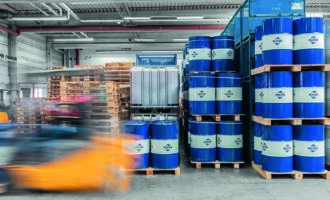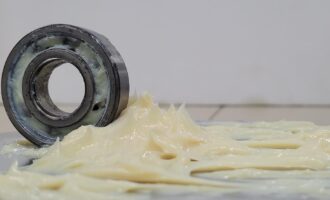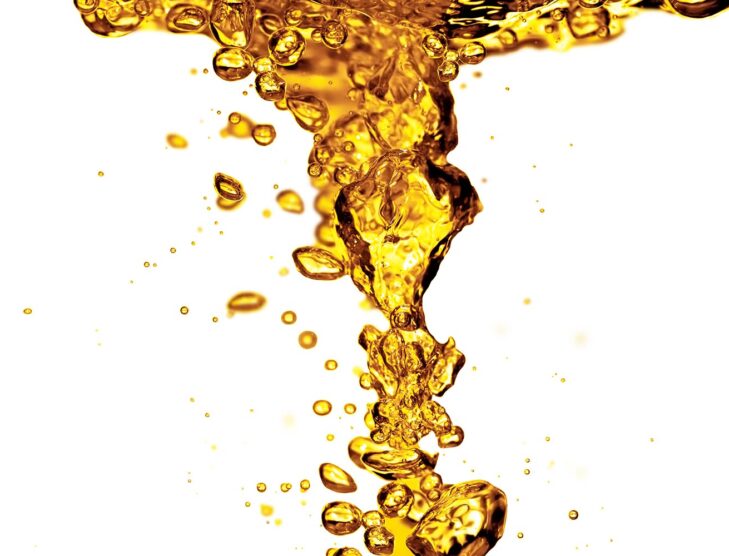
Tribology 4.0: From Da Vinci to digitalisation
Peter Jost, a British mechanical engineer, coined the term tribology and is often credited as the founder of the discipline. The term for the study of interacting surfaces in relative motion became widely used after The Jost Report was published in 1966—which drew attention to the significant economic impacts of friction and wear on the United Kingdom economy.
Tribology has been connected to industrial problems since the birth of industry. However, tribological concepts are much older and existed long before a term was established to describe them. The inaugural NextLub International Conference on Tribology and Sustainable Lubrication was held in Düsseldorf, Germany from April 18–19, 2023. During the event, Dr. Markus Grebe, scientific director of the Competence Center for Tribology in Mannheim, Germany, gave a presentation on Tribometry 4.0 – Tribological Testing – Quo Vadis? where he described the evolution of tribology.
Grebe has worked in tribology for more than 27 years and currently oversees a team of around 20 technical and scientific employees. He is active in the German Institute for Standardisation (DIN) and ASTM International working groups.
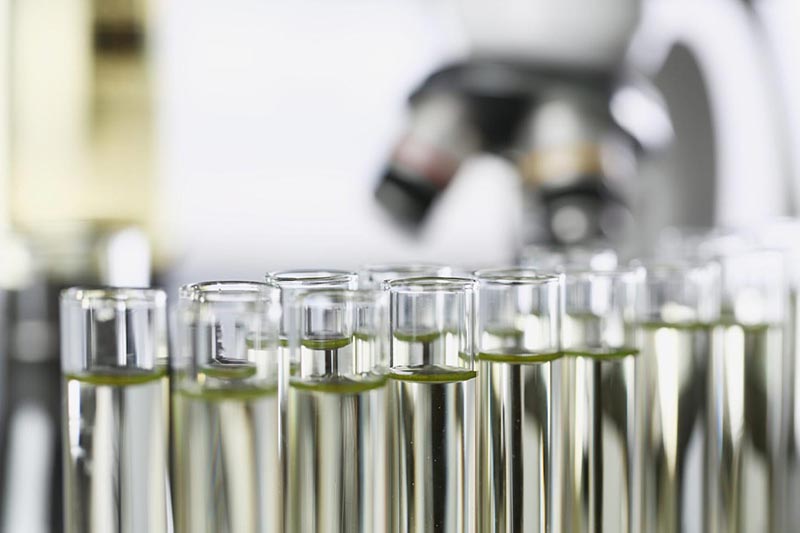
Quantitative studies by Leonardo da Vinci first noted two fundamental laws of friction in 1493. Tribology 2.0 coincided with the development of the “Vier Kugel Apparat” (VKA) or “4 ball test”—to assess extreme pressure (EP) behaviour of oils—at Royal Dutch/Shell in 1933. Grebe categorises the arrival of the high precision SRV 1 tribometer in 1978 through to SRV 5 (since 2013) as tribology 3.0. The versatile SRV test machine assesses physical interactions under loaded contact in either rotational or linear oscillatory motion and currently has the greatest number of test methods.
During his presentation, Grebe identified e-mobility, sustainability and new technology possibilities as the key drivers of the next phase of tribology, or tribology 4.0. However, they also pose significant challenges for tribologists, he says.
In the field of sustainability, tribologists are grappling with the need to replace known and successful materials such as lead, sulphated ash, phosphorus and sulphur (SAPS), metal-containing additives, perfluoroalkyl and polyfluoroalkyl substances (PFAS). Further complicating matters is the fact that many tests to evaluate new materials and molecules remain in the development phase, says Grebe. He also noted the increasing prevalence of low-viscosity, partly water-based, fluids—which is a “big challenge” for the future.
A higher number of revolutions is associated with lifetime issues. Longer running tests are required—at least five runs, not two as we do typically, says Grebe. The important functions of statistical evaluation and prediction from shortened tests were also noted. Sustainability challenges include an increase in special or dry tribosystems, which require tests of polymers, anti-friction coatings and hard coatings. Grebe’s presentation also outlined the need for investigations in the field of hydrogen.
Electrical drive technology creates new and varied challenges. Tribologists need to consider higher speeds and centrifugal forces, low viscosity fluids and low friction, thermo-management, material compatibility, electrical currents, lifetime issues—due to the higher number of load cycles—and much more. Despite these problems, Grebe believes there is great potential in the further development of testing technology, and it has become increasingly important.
The goal for Tribology 4.0 is to “understand tribology rather than to generate characteristic values for advertising brochures,” says Grebe. We need to understand what is important, he says.
Nevertheless, the German tribologist outlined a lack of available test methods. A recent literature review, Liquid Lubricants in high-speed application, conducted by Stahl and Poll, determined that established test methods for the tribo-examination of liquid lubricants do not cover the operating speed ranges required. Existing methods focus on lower speeds with higher loads. The study also noted a need for additional research into load-carrying capacity and efficiency at high speeds for gear applications. Damage patterns need to be examined for roller bearings in high-speed ranges to determine their relationship with lubricant formulation and to assess if they are comparable to damage at lower speeds. In addition, no standard test method exists for the influence of current passage on lubricant and rolling bearings.
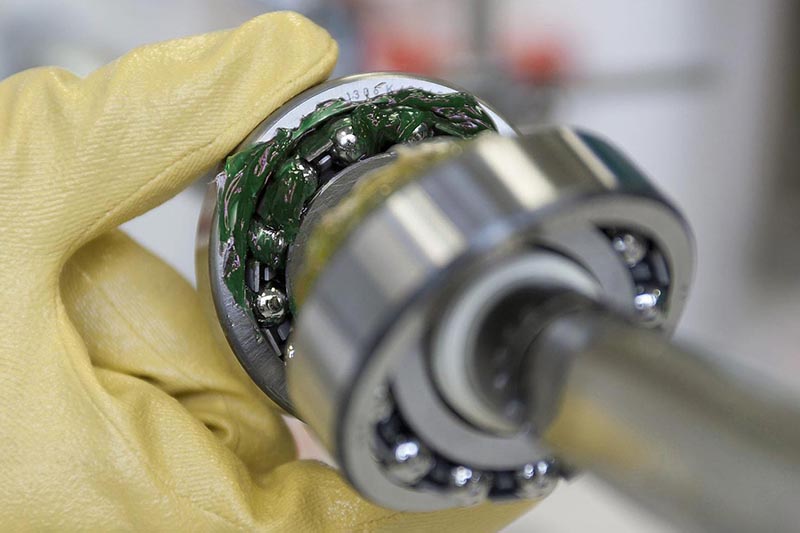
The tribology of the future requires state-of-the-art measurement technology. Grebe highlighted the need for a range of new test benches that can simulate emerging issues in an application-oriented manner—which also needs to be accompanied by new standards. Grebe stressed the importance of test benches with high speeds and speed values of greater than 24,000 revolutions per minute (rpm) and 1.5 million millimetres per minute. Test rigs also need to become more modular, so they can be expanded and customised, he says.
Test benches require dynamic load applications that combine radial and axial loading, and to operate in special environmental conditions—including hydrogen, high vacuum and clean room. Innovation is required around combining thermal management using low-viscosity, water-based fluids. Grebe outlined the greater role of online inspection systems moving forward—such as video documentation to understand what is occurring at friction points, online particle sensors, and a range of online metrics. Despite the absence of test methods, working groups are “very active,” with a lot of development underway on the electrical properties of lubricants, he says.
Tribology is constantly evolving. Grebe outlined the opportunities afforded to tribology by digitalisation including the role of a “digital twin” that is closely linked to testing technology. A digital twin refers to the digital representation of a physical object that allows parameters to be modified in a digital simulation. Issues can be identified and overcome before progressing to production. However, Grebe noted difficulties relating to the comparison of simulations and real applications.
Opportunities exist in machine learning via the multidimensional analysis of complex measurement data and its use in the prediction of tribological tests. Measurement signals will be important including the recognition of operating states such as boundary friction, mixed friction, hydrodynamics and sudden failure/seizure. While more accurate prediction of test results will be available, Grebe noted challenges around the selection and validation of algorithms and the prediction of complex measurement values from image data.
echo '




